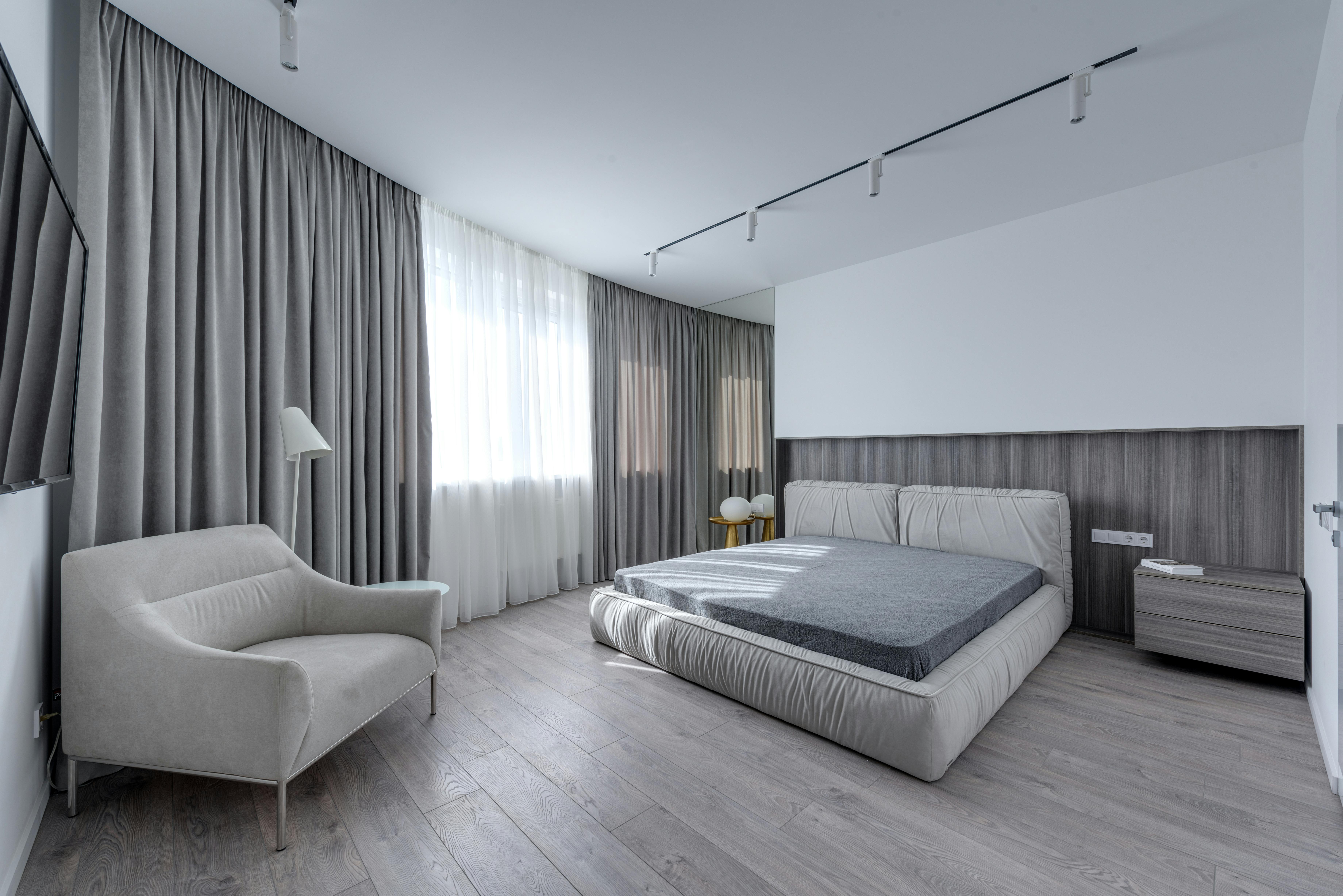It’s sad but inevitable that the best friend who once had boundless energy and agility will eventually succumb to old age. With that in mind, here are a few simple recommendations designed to help prolong your dog’s health and happiness into his later years:
The older dog is likely to lose muscle as a natural part of the aging process, making it less able to support its body when at rest. This muscle wasting results in extra pressure on the elbows and hocks, leading to limb pain and disturbed sleep patterns. A simple but effective solution is to introduce deeper, softer bedding which will now tend to mold to the contours of the dog’s body and provide welcome support to sore limbs.
It may be all the rage, but polished hardwood floors are a slip hazard and a potential source of muscle and tendon damage for the older dog. It may seem amusing to watch Bobby slide and spread his legs on the shiny surface, but this is definitely no laughing matter for the older dog. If possible, the areas most frequented by your dog should now be avoided or at least covered with a rug.
A general loss of your dog’s hearing is inevitable around the age of 10 and you should be aware of this. Show patience with your dog, as the simple fact is that he may no longer be able to respond as quickly to obedience commands as he used to. Develop alternative means of communication, such as arm and hand signals, to replace verbal commands.
Proper dietary care is essential for the senior dog. Inexpensive bulk foods, scraps, and leftovers, while not a problem for the younger dog, are unlikely to provide the correct nutrients, vitamins, and minerals needed to keep your aging pet healthy. Although it will cost more to treat the older dog to a high-quality commercial dog food from one of the well-established manufacturers.
Older dogs, particularly those with arthritis, may have difficulty bending down to access their bowl, making eating an uncomfortable experience. If you notice such a problem, a simple remedy is to raise the bowl onto a stand or box to allow the dog to eat at its normal height.
Stair falls are one of the most common sources of injury in older dogs. Once you notice that your dog is having difficulty climbing stairs, you should seriously consider restricting him to the ground floor permanently. A child safety gate at the bottom of the stairs is ideal for this purpose.
The smell of food is an important factor in enticing a dog to eat. Because as a dog ages, his sense of smell decreases, which in turn can affect his appetite and lead to malnutrition. A simple trick worth trying is to slightly heat the food before serving. Heating the food produces a stronger aroma that can compensate for the dog’s reduced ability to smell and encourage more normal eating.



